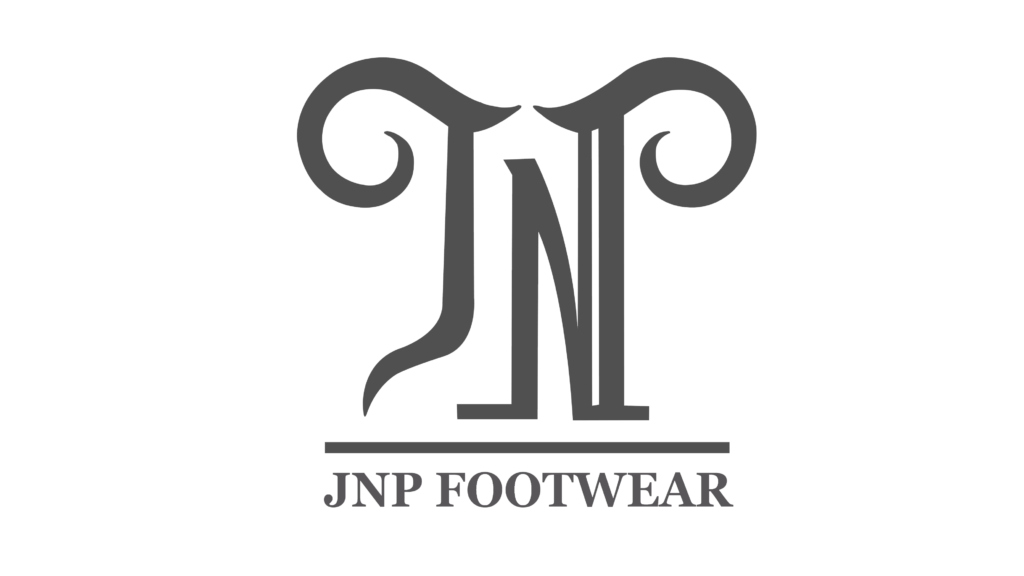Custom Sheepskin Boots Manufacturing: A Step-by-Step Process
Sheepskin boots are a timeless combination of comfort and durability, but how are they made? Let’s take a deep dive into the process of crafting high-quality custom sheepskin boots.
1. Material Selection: Choosing the Best Sheepskin
The first step in making custom sheepskin boots is selecting high-quality materials. Premium sheepskin must be soft, flexible, and durable. The wool density, skin thickness, and tanning process all affect the final product.
Key Considerations:
- Origin: Australian and New Zealand sheepskins1 are among the best due to their fine wool quality.
- Tanning Process: Eco-friendly and chrome-free tanning2 ensures skin safety and durability.
- Wool Density: Higher density provides better insulation and comfort.
2. Cutting and Pattern Making
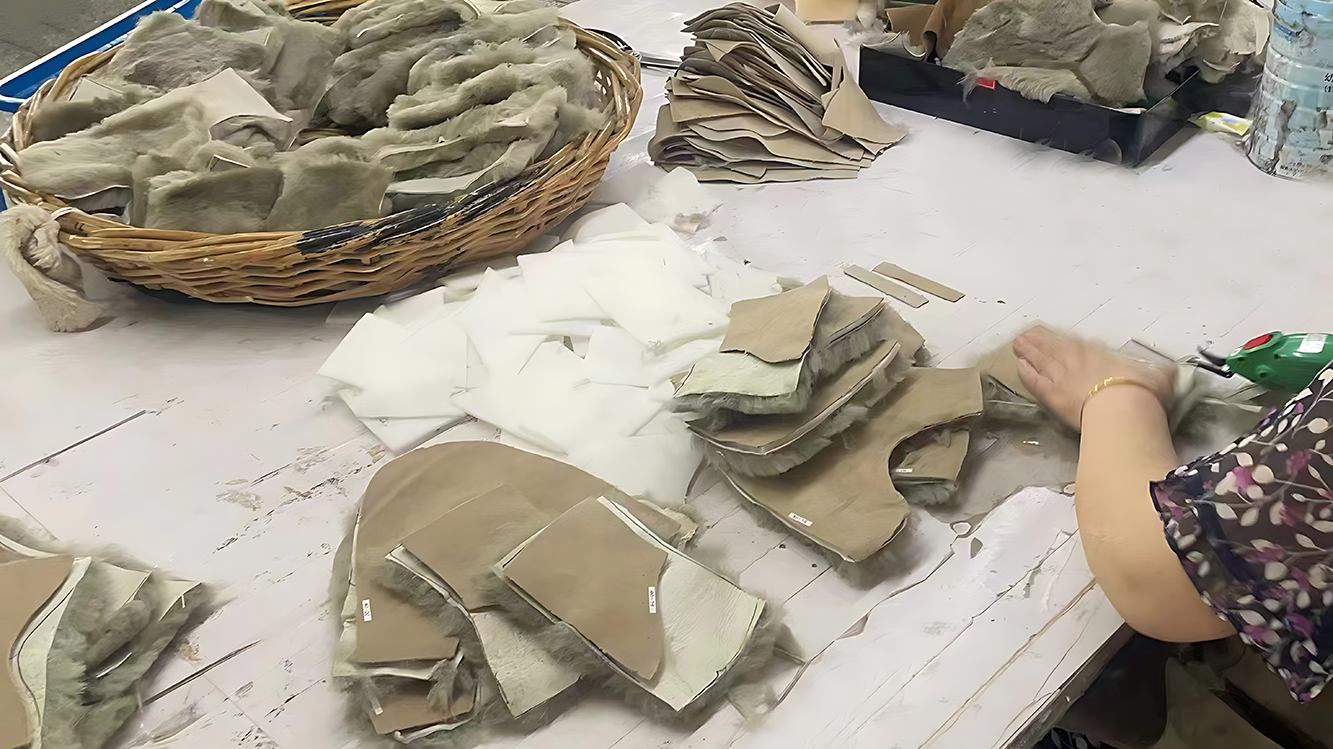
Once the sheepskin is selected, the next step is cutting the material into specific patterns. This ensures uniformity in shape and size while minimizing material waste.
Process:
- Create templates for each boot size.
- Cut the sheepskin using industrial cutting machines3 or hand-cutting for precision.
- Mark stitching and assembly guidelines on each piece.
3. Stitching and Assembling the Upper
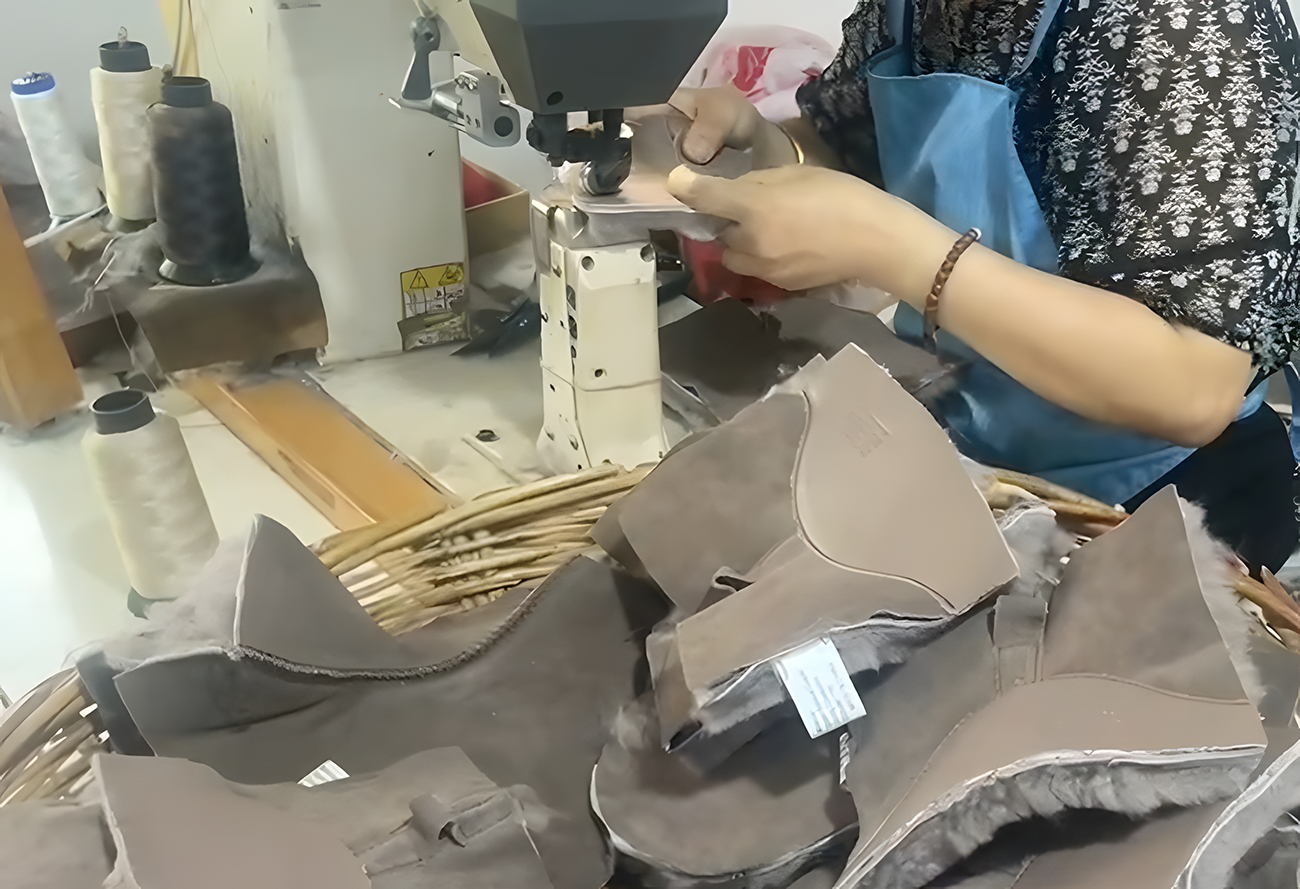
After cutting, the upper part of the boot is stitched together. This process requires skilled craftsmanship to ensure strong and even stitching.
Methods Used:
- Double-Stitch Construction: Increases durability4 and prevents tearing.
- Reinforced Seams: Provides extra strength for long-lasting wear.
- Inner Wool Treatment: Ensures smooth and comfortable interiors.
4. Attaching the Sole
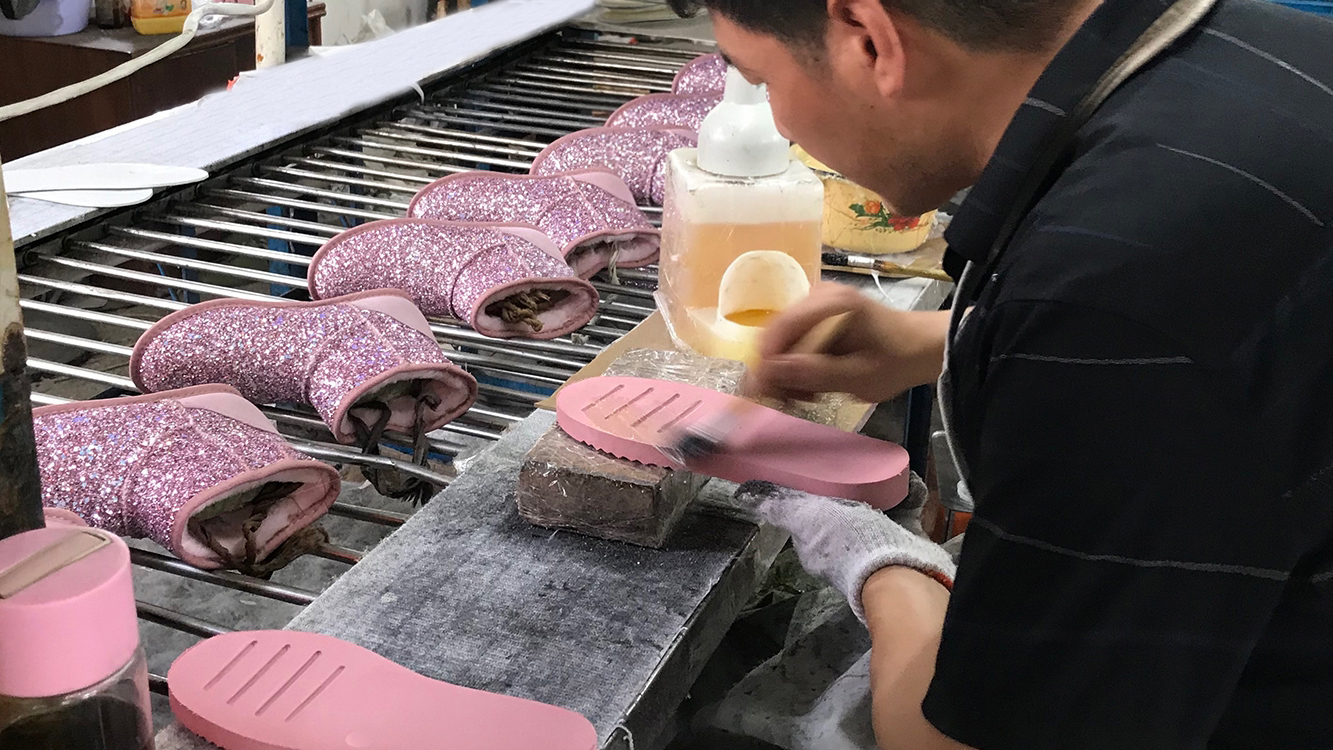
The sole plays a crucial role in the comfort and longevity of sheepskin boots. The right sole material provides grip, flexibility, and durability.
Types of Soles:
| Sole Type | Benefits |
|---|---|
| EVA Sole5 | Lightweight, flexible, and shock-absorbent |
| Rubber Sole6 | High durability and slip resistance |
| Leather Sole7 | Traditional look and breathability |
5. Quality Inspection
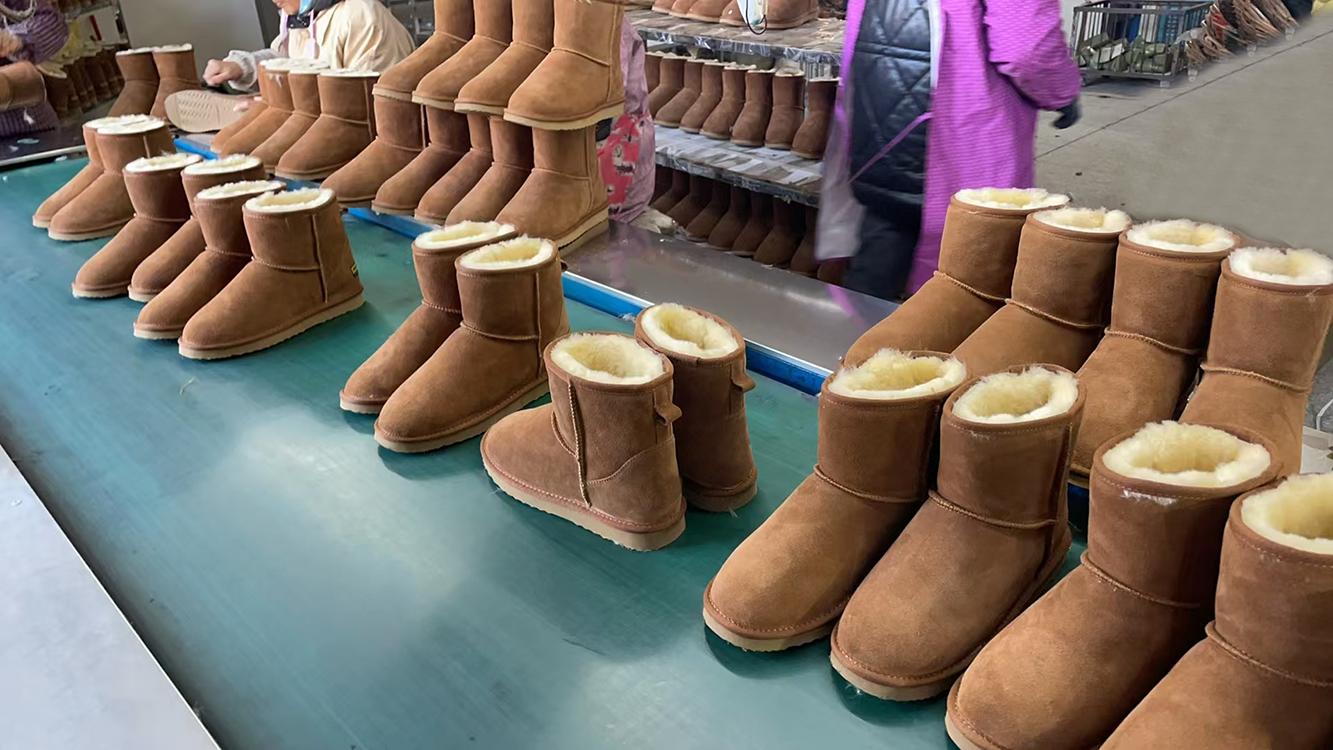
Before finalizing the boots, a thorough quality check ensures that each pair meets the required standards. Inspectors check for:
- Stitching strength
- Sole bonding quality
- Wool consistency
- Proper sizing and shape
6. Custom Branding and Finishing Touches
For custom orders, branding elements such as logos, embroidery, or personalized tags are added. This final step enhances brand identity and uniqueness.
Customization Options:
- Embossed logos
- Personalized labels
- Unique stitching designs
7. Packaging and Shipping
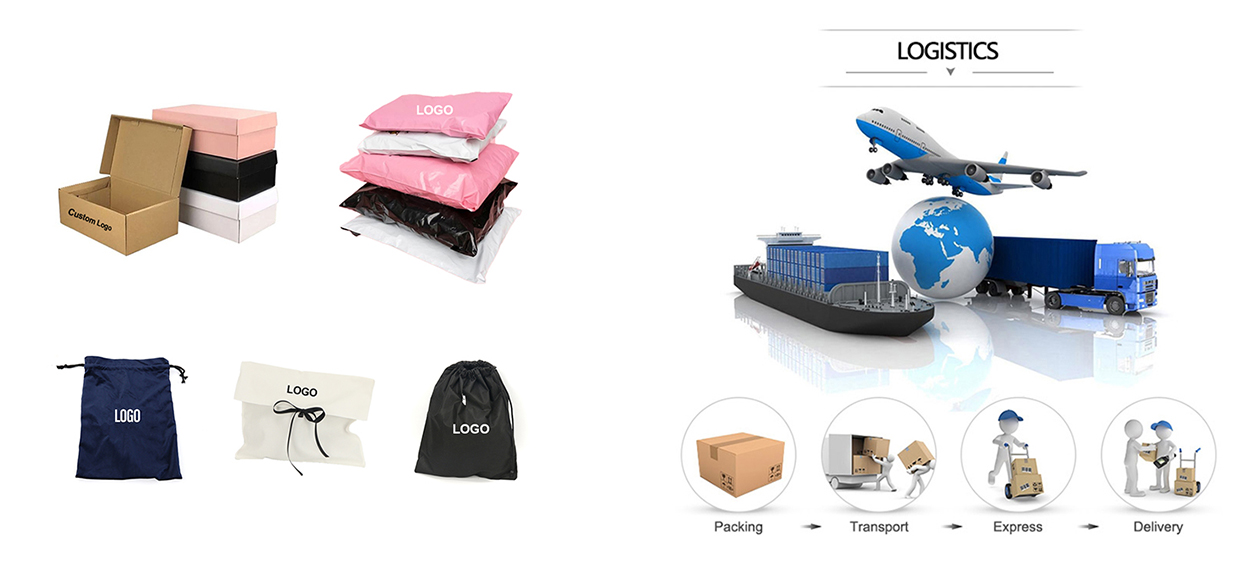
Once the boots pass inspection and branding, they are carefully packaged to ensure safe transportation. Proper packaging prevents damage and maintains product quality.
Packaging Options:
- Eco-friendly bags
- Custom-branded boxes
- Protective wrapping for overseas shipping
Conclusion
Manufacturing custom sheepskin boots is a detailed process requiring quality materials, skilled craftsmanship, and attention to detail. Each step ensures that the final product is comfortable, stylish, and built to last.
Footnotes:
-
Australian and New Zealand sheepskins are known for their high wool density and softness, making them ideal for premium footwear. ↩
-
Eco-friendly and chrome-free tanning reduces environmental impact and ensures safety for sensitive skin. ↩
-
Industrial cutting machines help maintain precision and efficiency in sheepskin boot production. ↩
-
Double-stitch construction strengthens the seams, reducing wear and tear over time. ↩
-
EVA soles are lightweight and offer excellent cushioning, making them ideal for comfortable everyday wear. ↩
-
Rubber soles provide enhanced grip and durability, suitable for wet and rugged conditions. ↩
-
Leather soles add a classic aesthetic while allowing breathability for long-term comfort. ↩
